Potrebujeme váš súhlas na využitie jednotlivých dát, aby sa vám okrem iného mohli ukazovať informácie týkajúce sa vašich záujmov. Súhlas udelíte kliknutím na tlačidlo „OK“.
ASTM G98-02(2009)
Standard Test Method for Galling Resistance of Materials
Automaticky preložený názov:
Štandardná skúšobná metóda pre odolnosť voči zadretiu materiálov
NORMA vydaná dňa 1.10.2009
Informácie o norme:
Označenie normy: ASTM G98-02(2009)
Poznámka: NEPLATNÁ
Dátum vydania normy: 1.10.2009
Kód tovaru: NS-57895
Počet strán: 4
Približná hmotnosť: 12 g (0.03 libier)
Krajina: Americká technická norma
Kategória: Technické normy ASTM
Kategórie - podobné normy:
Anotácia textu normy ASTM G98-02(2009) :
Keywords:
button-on-block test, galling, galling resistance ranking, macroscopic surface damage, seized components, sliding metallic surfaces, threshold galling stress, Button-on-block test, Compression testing--metallic materials, Damage assessment, Destructive testing, Failure end point--metals/alloys, Flanges/fittings/valves/parts, Stress--metallic materials, Galling-resistant materials/applications, Loading tests--metals/alloys, Macroscopic analysis, Metals and metallic materials
Doplňujúce informácie
| Significance and Use | ||||
|
This test method is designed to rank material couples in their resistance to the failure mode caused by galling and not merely to classify the surface appearance of sliding surfaces. This test method should be considered when damaged (galled) surfaces render components non-serviceable. Experience has shown that galling is most prevalent in sliding systems that are slow moving and operate intermittently. The galling and seizure of threaded components is a classic example which this test method most closely simulates. Other galling-prone examples include: sealing surfaces of value trim which may leak excessively due to galling; and pump wear rings that may function ineffectively due to galling. If the equipment continues to operate satisfactorily and loses dimension gradually, then mechanical wear should be evaluated by a different test such as the crossed cylinder Test Method (see Test Method G83). Chain belt pins and bushings are examples of this type of problem. This test method should not be used for quantitative or final design purposes since many environmental factors influence the galling performance of materials in service. Lubrication, alignment, stiffness and geometry are only some of the factors that can affect how materials perform. This test method has proven valuable in screening materials for prototypical testing that more closely simulates actual service conditions. |
||||
| 1. Scope | ||||
|
1.1 This test method covers a laboratory test which ranks the galling resistance of material couples. Most galling studies have been conducted on bare metals and alloys; however, non-metallics, coatings, and surface modified alloys may also be evaluated by this test method. 1.2 This test method is not designed for evaluating the galling resistance of material couples sliding under lubricated conditions because galling usually will not occur under lubricated sliding conditions using this test method. 1.3 This standard does not purport to address all of the safety concerns, if any, associated with its use. It is the responsibility of the user of this standard to establish appropriate safety and health practices and determine the applicability of regulatory limitations prior to use. |
||||
| 2. Referenced Documents | ||||
|
Podobné normy:
Historická
1.7.2012
Historická
1.4.2009
Historická
1.4.2013
Historická
1.8.2009
Historická
1.3.2013
Historická
15.11.2013
Odporúčame:
Aktualizácia technických noriem
Chcete mať istotu, že používate len platné technické normy?
Ponúkame Vám riešenie, ktoré Vám zaistí mesačný prehľad o aktuálnosti noriem, ktoré používate.
Chcete vedieť viac informácií ? Pozrite sa na túto stránku.


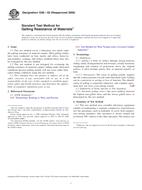
 ASTM F1438-93(2012)..
ASTM F1438-93(2012).. ASTM F24-09
ASTM F24-09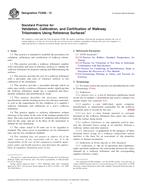 ASTM F2508-13
ASTM F2508-13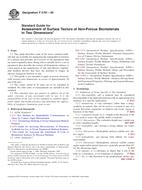 ASTM F2791-09
ASTM F2791-09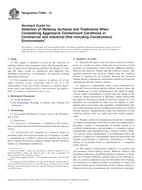 ASTM F2965-13
ASTM F2965-13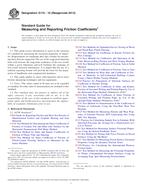 ASTM G115-10(2013)..
ASTM G115-10(2013)..
 Cookies
Cookies
